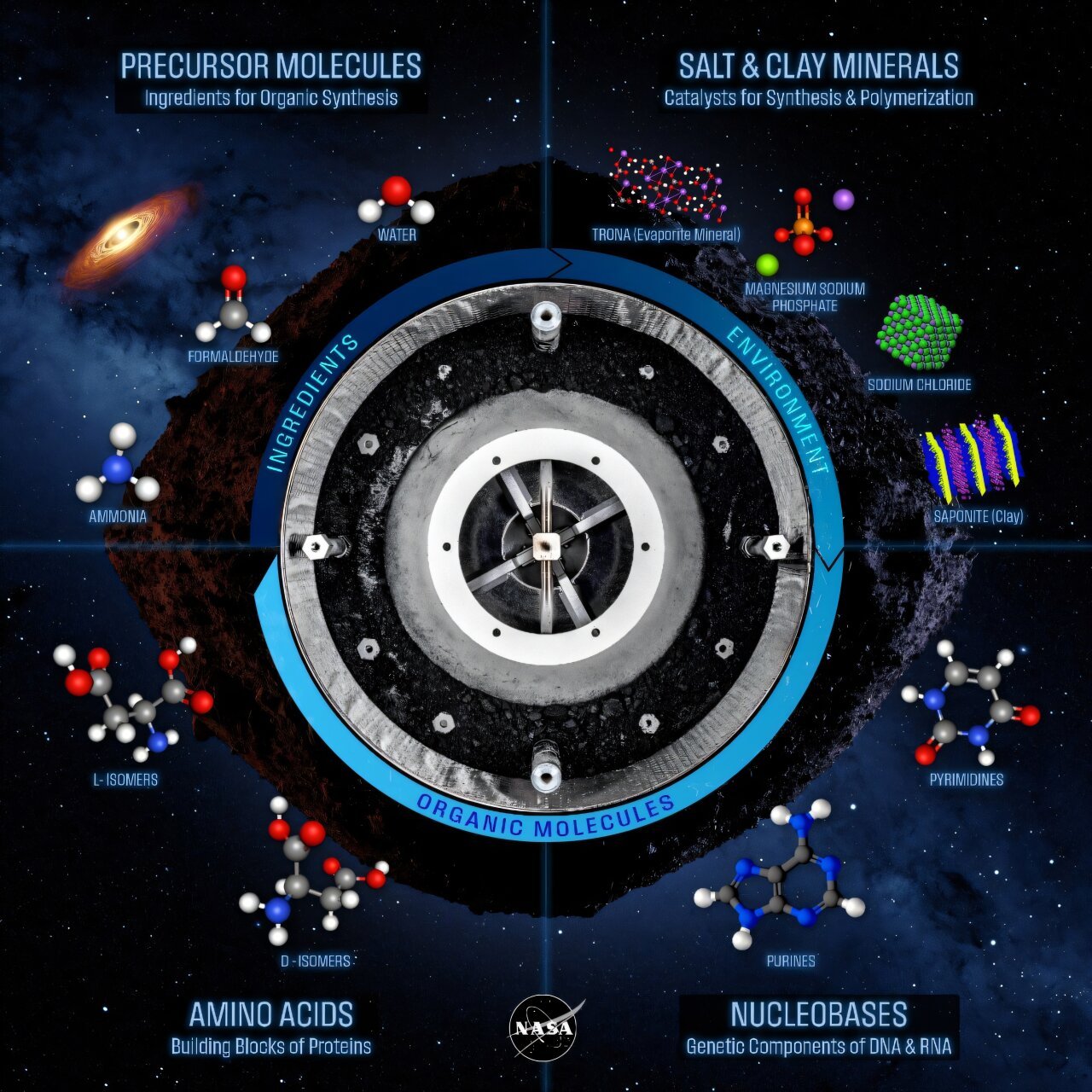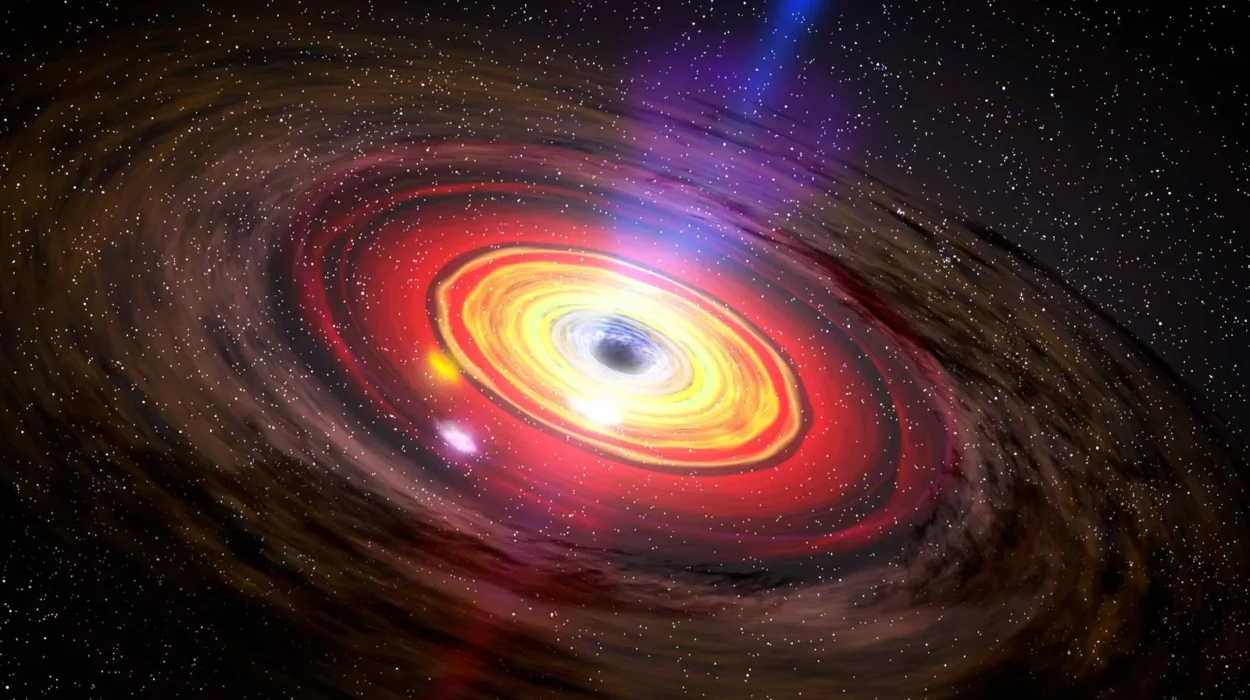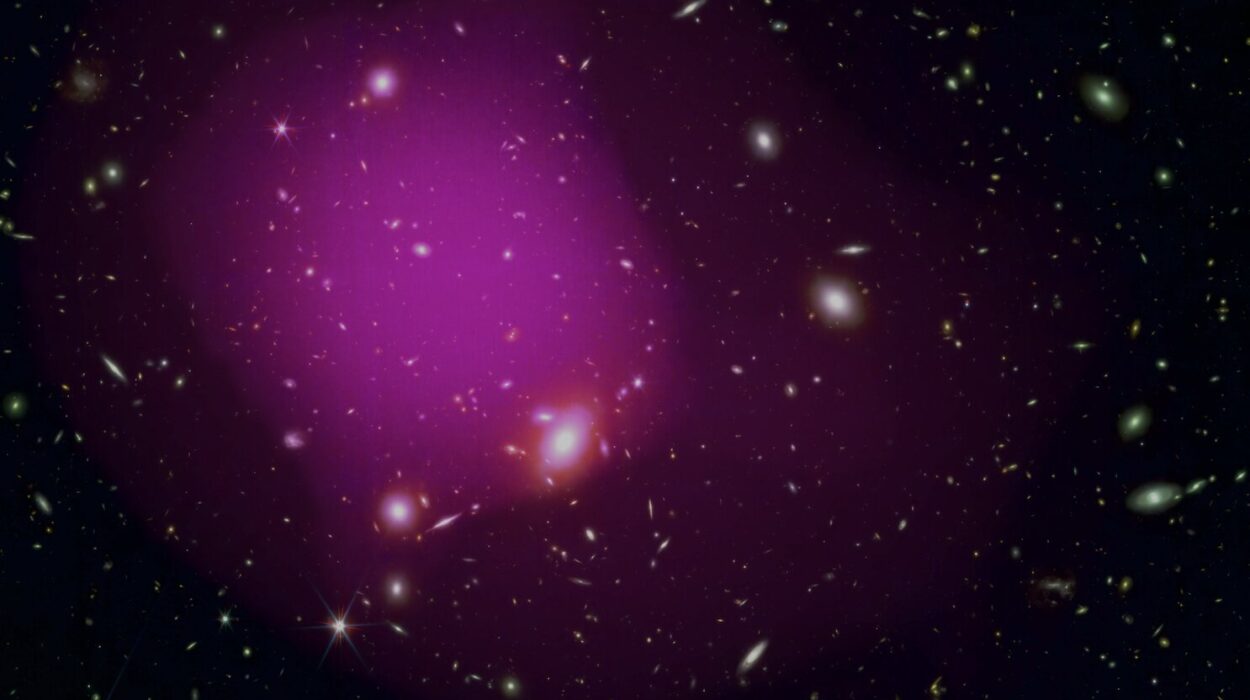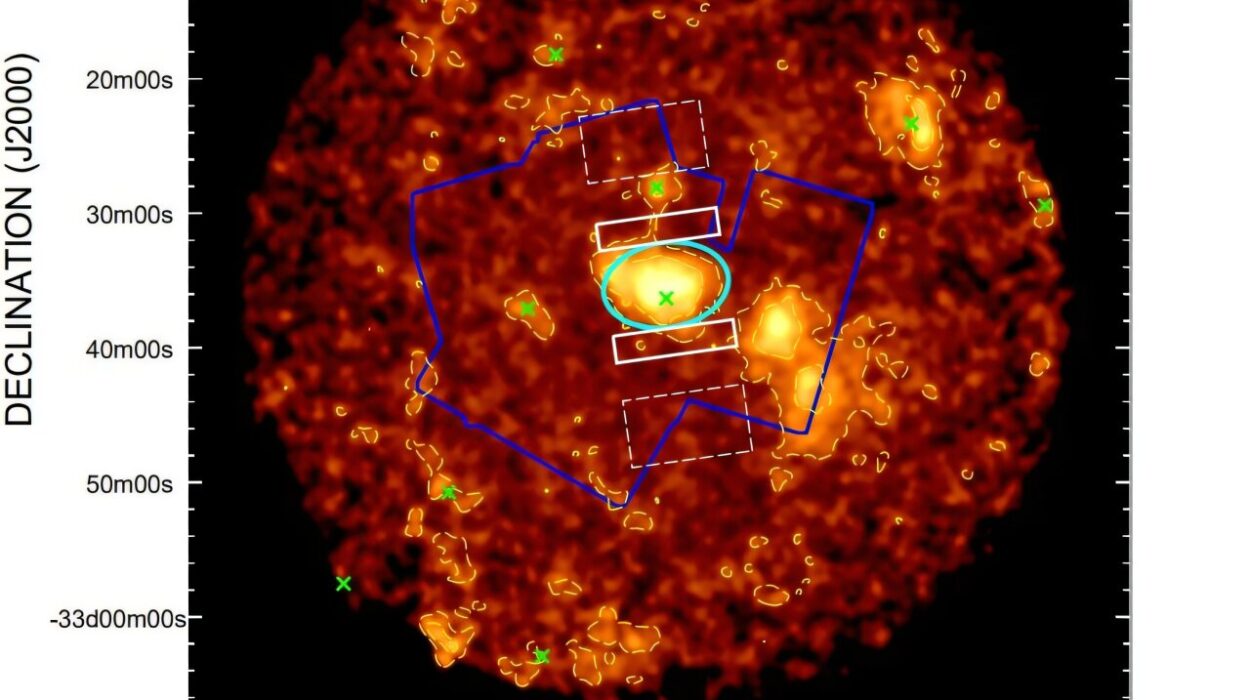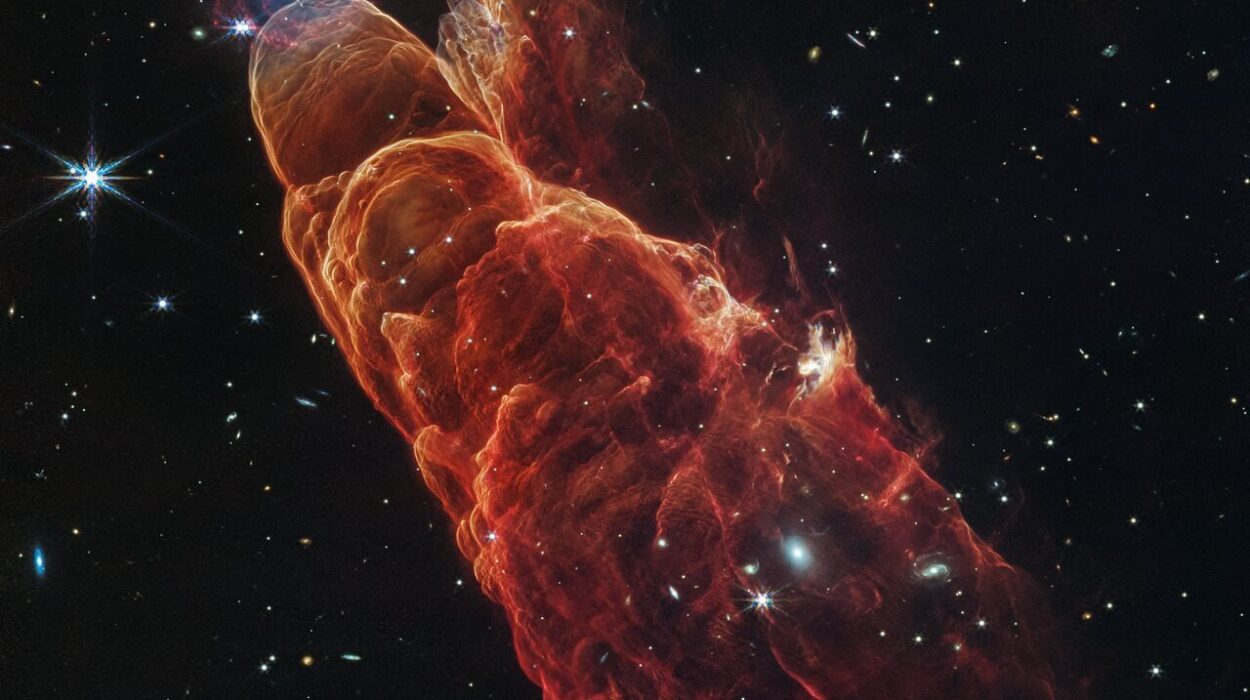Asteroids, the small, airless bodies that reside in the inner solar system, are often seen as remnants of the early solar system, holding clues to the origins of Earth and life itself. These rocky or metallic bodies, which remain largely unchanged for billions of years, are theorized to have contributed essential water and organic compounds to the early Earth, potentially playing a key role in the emergence of life. While meteorites found on Earth provide some insight into the makeup of asteroids, interpreting this data is challenging due to contamination from Earth’s atmosphere and biosphere. To gain a clearer understanding, pristine samples collected directly from asteroids are needed.
In a historic achievement, NASA’s OSIRIS-REx mission, launched in 2016, successfully returned 121.6 grams of sample from asteroid Bennu in September 2023, marking the largest asteroid sample ever brought back to Earth. This mission, alongside similar missions by Japan’s Hayabusa and Hayabusa2 spacecraft, represents the forefront of asteroid exploration and provides a unique opportunity to study these celestial bodies in an uncontaminated state.
In a recent breakthrough, an international team of scientists, led by Dr. Daniel Glavin and Dr. Jason Dworkin at NASA’s Goddard Space Flight Center, has reported the discovery of ammonia and nitrogen-rich soluble organic matter in the Bennu samples. These findings, published in Nature Astronomy, offer significant insights into the chemistry of asteroids and their potential role in the origins of life on Earth.
The Discovery of Nitrogenous Bases: Evidence for Life’s Building Blocks
One of the most remarkable discoveries in this study is the detection of all five nitrogenous bases—adenine, guanine, cytosine, thymine, and uracil—molecules that are crucial for the construction of DNA and RNA. These molecules are the fundamental components of the genetic material in all living organisms, making their detection in the asteroid samples an exciting piece of the puzzle for understanding how life could have originated.
The Japanese contributors to the study played a pivotal role in detecting these nitrogenous bases. Using a 17.75 mg sample of Bennu material, they processed and analyzed the sample under nitrogen to avoid contamination by Earth’s atmospheric moisture. The analysis, carried out at Kyushu University, focused on N-heterocycles—organic molecules that feature a ring structure composed of both carbon and nitrogen. This class of molecules includes the nucleobases required for life’s molecular machinery.

Interestingly, the study found that the concentration of N-heterocycles in the Bennu samples was about 5–10 times higher than the amount detected in samples from the asteroid Ryugu, which was returned by Japan’s Hayabusa2 mission. This suggests that the Bennu asteroid might have experienced a different environment in space than Ryugu, possibly influencing the types and abundance of organic molecules found on its surface.
A Unique Molecular Signature in Bennu’s Organic Chemistry
In addition to the core nucleobases, the analysis also revealed the presence of xanthine, hypoxanthine, and nicotinic acid (vitamin B3) in the Bennu samples. These compounds are also important organic molecules, and their presence further supports the idea that asteroids could have contributed to the chemical building blocks of life.
Dr. Toshiki Koga of JAMSTEC explains the significance of this discovery by noting that while previous asteroid samples, such as those from Ryugu, revealed the presence of uracil and nicotinic acid, the other four nucleobases were missing. The difference in the complexity and abundance of N-heterocycles between Bennu and Ryugu suggests that the two asteroids might have been exposed to different conditions during their formation or in the vast expanse of space.
The diversity and richness of nitrogenous compounds in Bennu, as compared to Ryugu, raises the possibility that asteroids like Bennu could have delivered more complex organic molecules to Earth—potentially influencing the prebiotic chemistry that led to the formation of life.
Comparing Bennu Samples with Meteorites from Earth
The OSIRIS-REx team also compared the Bennu samples with previous meteorites collected from Earth, specifically Murchison and Orgueil, which have been studied for decades. By analyzing the chemical composition of these meteorites under similar conditions, the scientists were able to draw comparisons that provide important context for understanding the Bennu findings.

Interestingly, the purine-to-pyrimidine ratio (the ratio of purines like adenine and guanine to pyrimidines like cytosine, thymine, and uracil) was found to be significantly lower in the Bennu samples than in the Murchison and Orgueil meteorites. Purines and pyrimidines are the two classes of nitrogenous bases found in RNA and DNA, and their relative abundance can provide clues to the conditions under which they were formed.
Dr. Yasuhiro Oba of Hokkaido University suggests that the lower purine-to-pyrimidine ratio in Bennu could indicate that the asteroid was exposed to a colder molecular cloud environment where pyrimidines were more likely to form. This theory is still under investigation, but it suggests that the environment of the asteroid could have influenced the types of organic molecules it contains.
The Broader Implications for Astrobiology
The discovery of these complex organic molecules in the Bennu samples has profound implications for the study of astrobiology, the field that investigates the potential for life elsewhere in the universe. The presence of nucleobases and other organic compounds on Bennu supports the hypothesis that asteroids and other small bodies could have been critical in delivering the essential ingredients for life to Earth.
Moreover, the study of asteroids like Bennu could help scientists understand the potential for life on other planets and moons. If organic molecules similar to those found on Bennu are present on other asteroids or in the icy moons of outer solar system bodies like Europa or Enceladus, it could suggest that the building blocks of life are widespread in the universe. These findings also help refine our understanding of the conditions necessary for life to arise, guiding future missions to search for signs of life on distant planets.
Creating a Reference for Future Meteorite Studies
Another significant outcome of the OSIRIS-REx mission’s research is the creation of a detailed reference for future studies of meteorites in collections around the world. By analyzing Bennu samples alongside meteorites from Earth, scientists can better understand the similarities and differences in the organic chemistry of various celestial bodies. This comparative approach will be invaluable as researchers continue to study the origins of life and the potential for life elsewhere in the solar system.
In conclusion, the OSIRIS-REx mission has provided us with the first pristine samples from an asteroid, unlocking new insights into the chemistry of the early solar system and the role that asteroids may have played in the origins of life on Earth. The discovery of nitrogenous bases and other organic compounds in the Bennu samples strengthens the theory that asteroids were crucial in delivering the molecular building blocks for life. As scientists continue to study these samples, we may be one step closer to unraveling the mystery of how life began on our planet and whether life could exist elsewhere in the cosmos.
Reference: Daniel Glavin, Abundant ammonia and nitrogen-rich soluble organic matter in samples from asteroid (101955) Bennu, Nature Astronomy (2025). DOI: 10.1038/s41550-024-02472-9. www.nature.com/articles/s41550-024-02472-9
